by Walt Anderson
Shrubs often fail to gather the respect they deserve. They lack the overbearing massiveness of a towering tree or the colorful brilliance of a showy wildflower. However, shrubs completely dominate the chaparral ecosystems in the West, and they create wonderful diversity in the understory of woodlands of oaks, pines, pinyons, and junipers. One of my favorites is Wright’s Silktassel, Garrya wrightii, found throughout Arizona from about 3000-8000 feet, the southern half of New Mexico, the western tip of Texas, and down to central Mexico. Let’s see what makes this shrub so likeable.
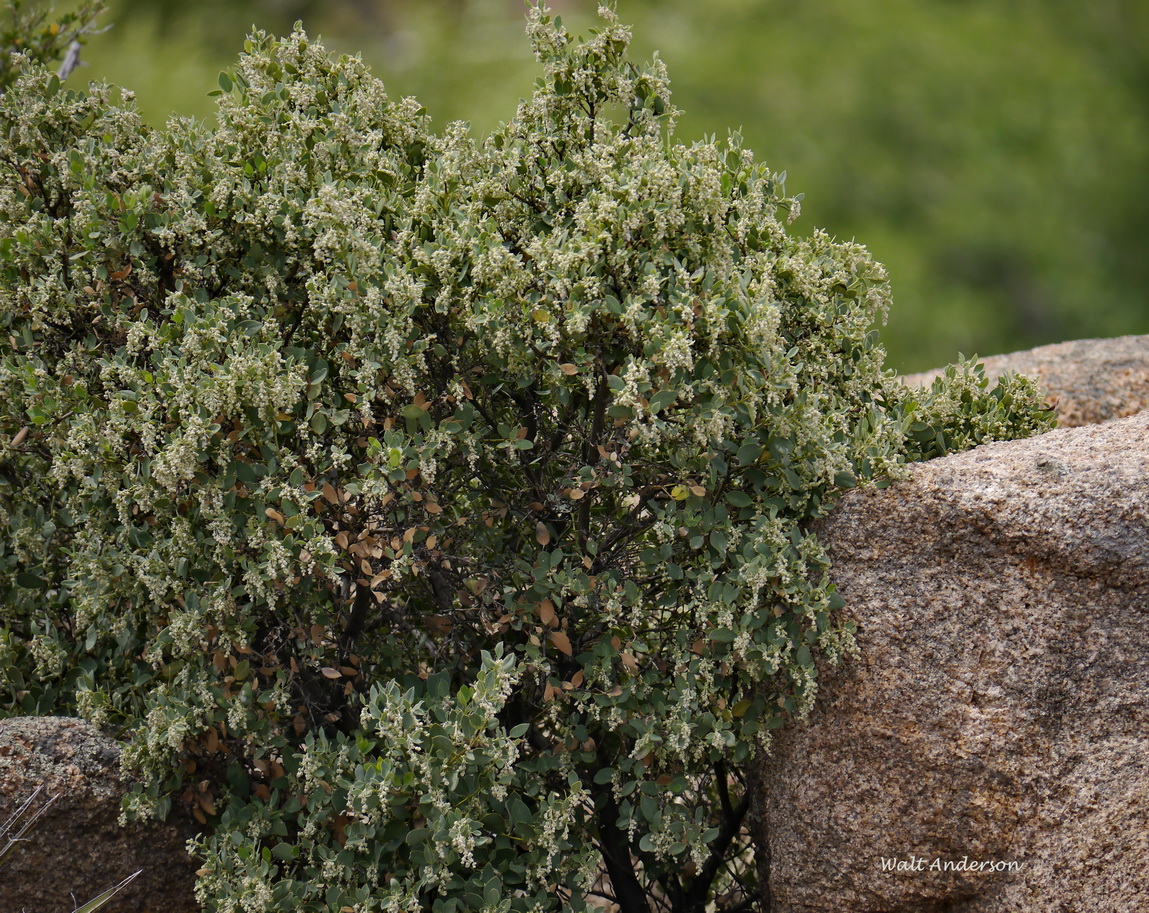
First, it is a hardy plant, drought-tolerant, good enough for people to plant it as an ornamental. When it is covered with pendulous “catkins” of flowers, it is truly lovely. The genus Garrya is named for Nicholas Garry, an administrator with the Hudson’s Bay Company who did tramp around the Northwest forests with David Douglas (for whom Douglas-fir is named). His name is also applied to the Garry Oak, Quercus garryanna, the only oak native to the state of Washington.

Like many chaparral plants, it has stiff, leathery leaves that are water-misers. It is superficially similar to Pointleaf Manzanita, as both may have reddish stems and pointed leaves, but silktassel has opposite leaves.
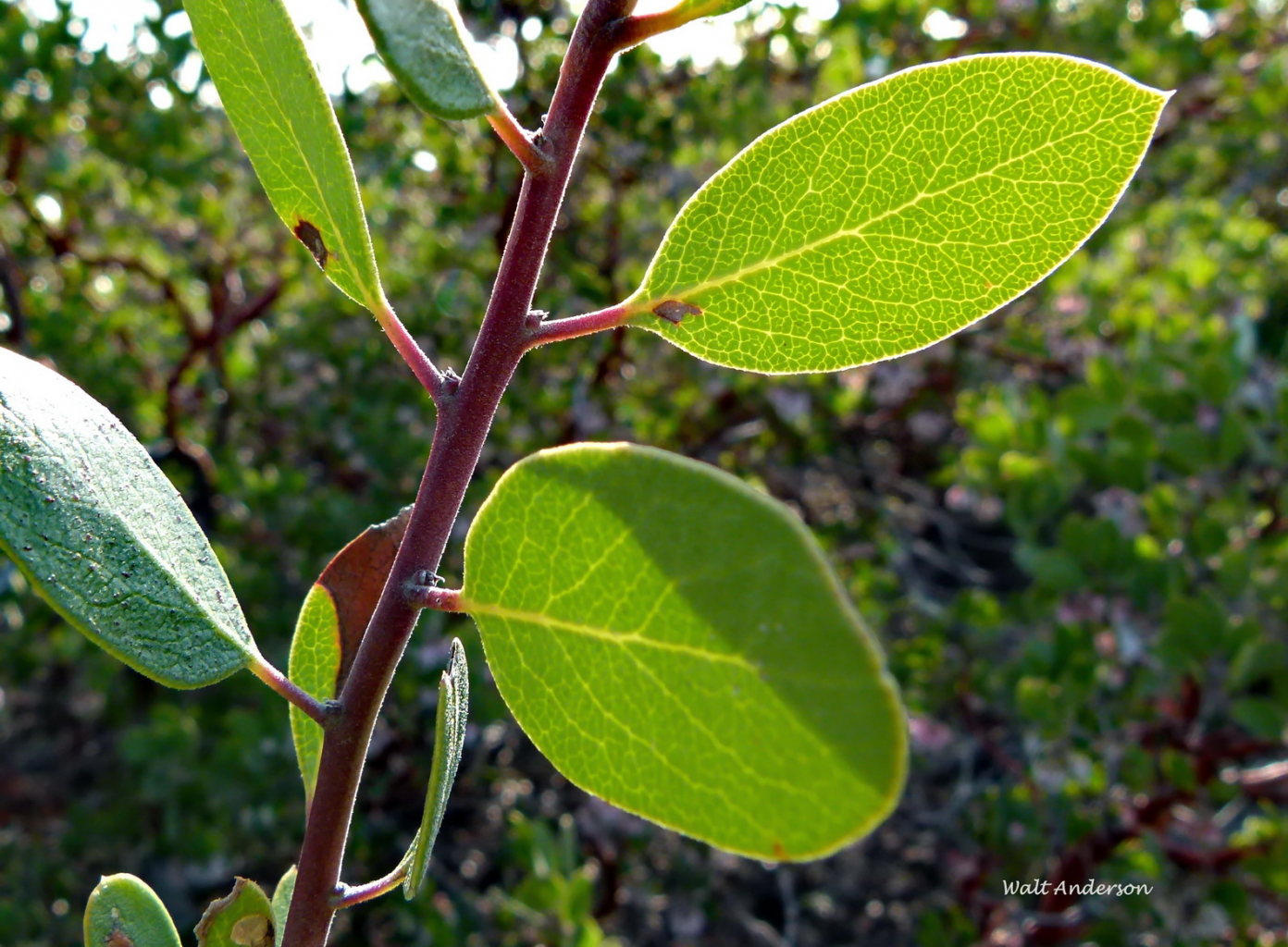
Pointleaf Manzanita, on the other hand, has alternate leaves, and when you look at all the branch structure, the manzanita architecture becomes obvious. Pointleaf Manzanita is a low shrub, while Wright’s Silktassel can grow to 15 feet or more (one source indicated up to 35 feet, but it seems to be an outlier—or maybe outright liar?). The largest I have ever seen was in the Baboquivari Mountains at Buenos Aires National Wildlife Refuge near the US-Sonora border. It had a trunk about a foot in diameter and was at least 15 feet tall. Also compare the fine venation of the leaves of the two species. Both are beautiful and efficient physiological networks.
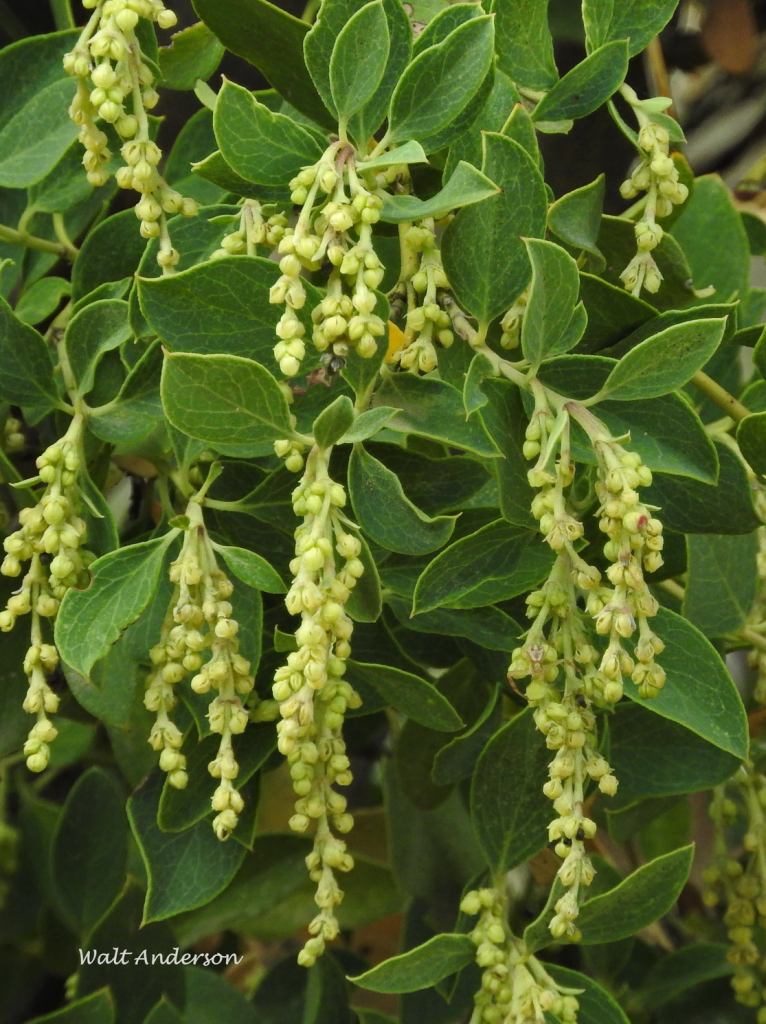
Male and female flowers are found on different individuals. The yellowish-green male flowers lack petals and are dependent on the wind for pollen dispersal. They are soft—silky and very tassel-like—hence the name.
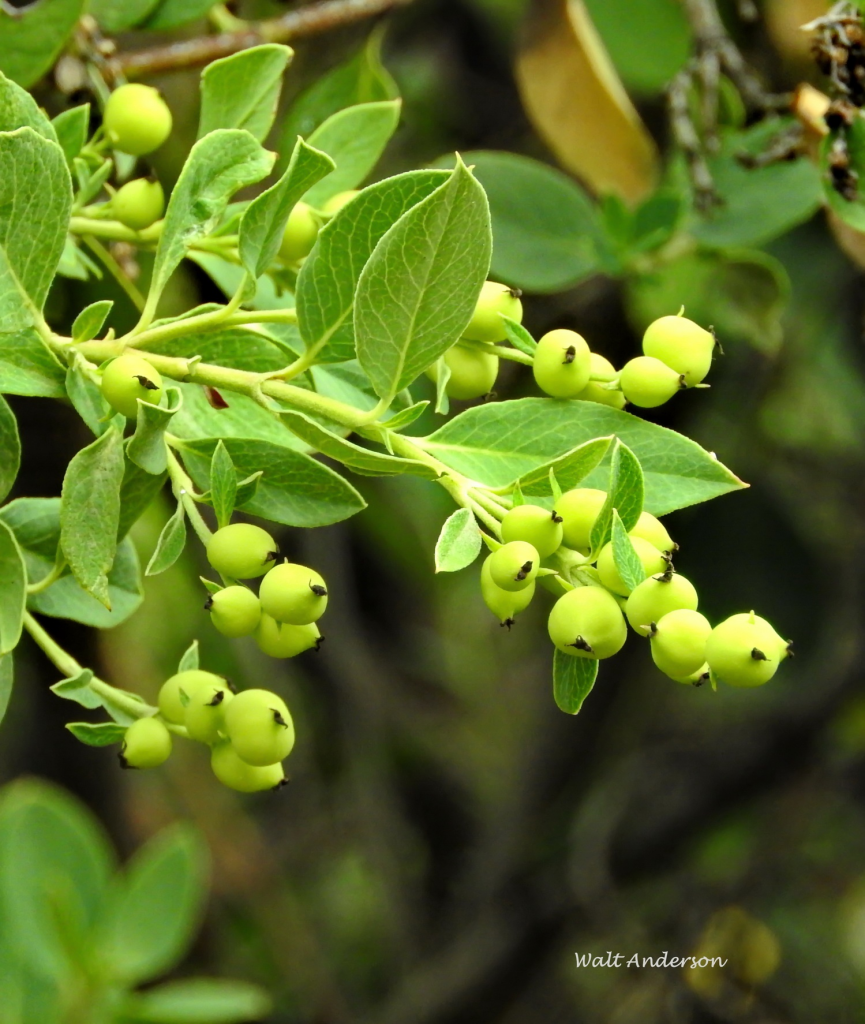
The female plants produce greenish fruits that contain one or two seeds. When green, they are quite bitter, as they and the leaves contain a quinine-like alkaloid called garryin. This drug has been used in a tonic to combat malaria (just as quinine has). This is not a recommendation to try it! Save it for its ornamental properties if it’s in your yard, as it requires no upkeep at all.
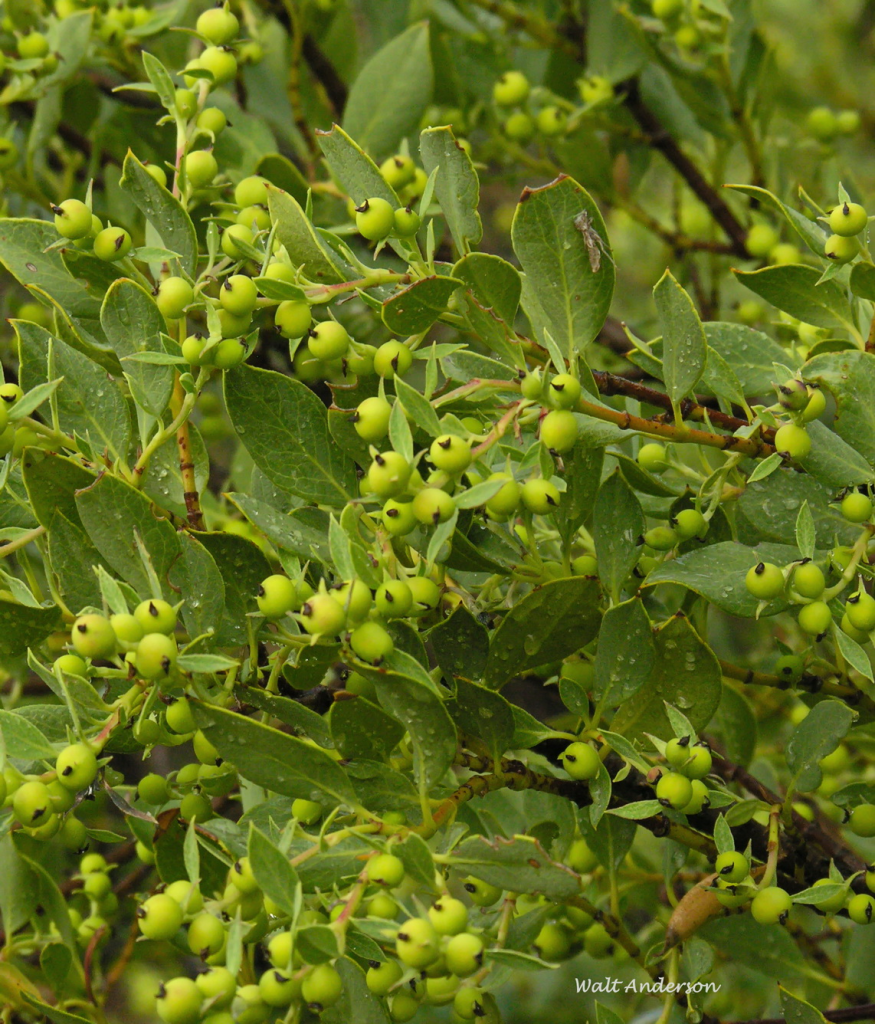
Cattle find the taste too bitter for their liking, but goats love it, and it provides food for elk, deer, and bighorn sheep.
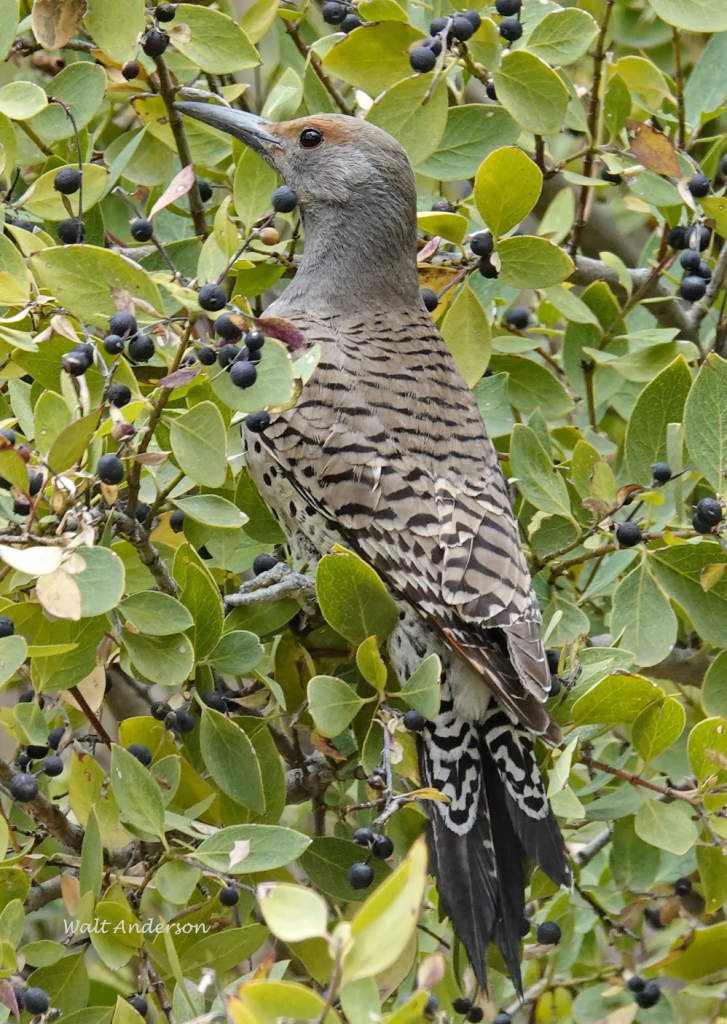
When berries have turned ripe (deep bluish-purple), they are excellent food for birds. On March 28 this year in Madera Canyon south of Tucson, I watched this flicker scarfing down ripe silktassel fruits. A flicker—who would have guessed? I have seen bluebirds and Hermit Thrushes feasting on Garrya fruits.
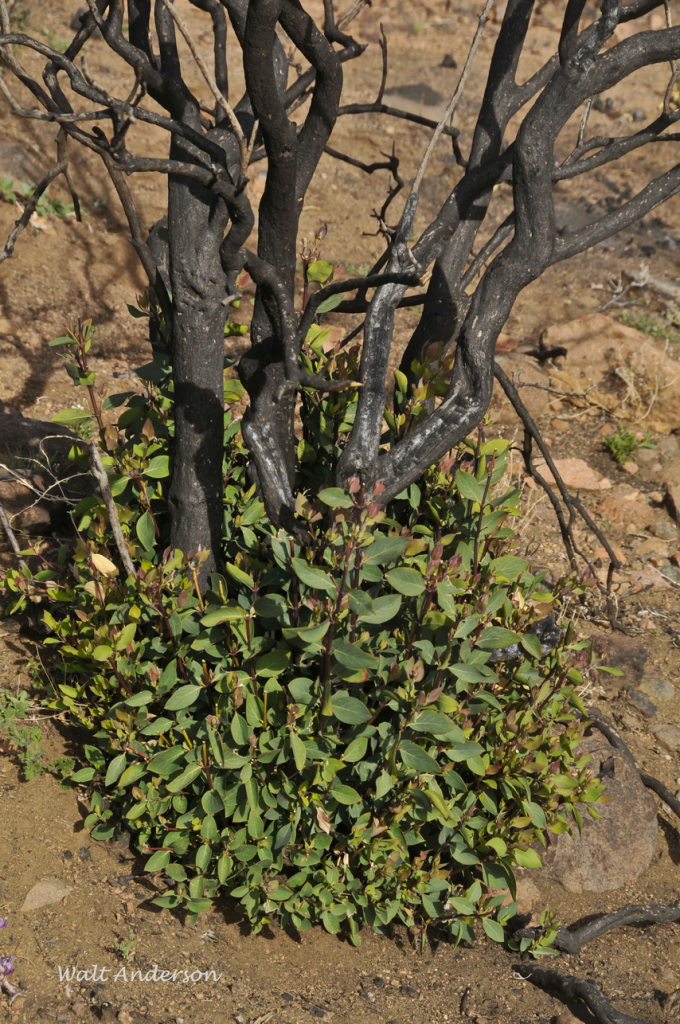
Fire can tear through chaparral, burning quickly and intensely in the shrubs that often are loaded with volatile chemicals. Silktassel may not be resistant to fire, but it is resilient, as it sprouts readily from its root mass, thus getting a head start on the recolonization of a burned site compared to a non-sprouting manzanita, which comes back from seeds stimulated by the fire. Different strategies—both effective.
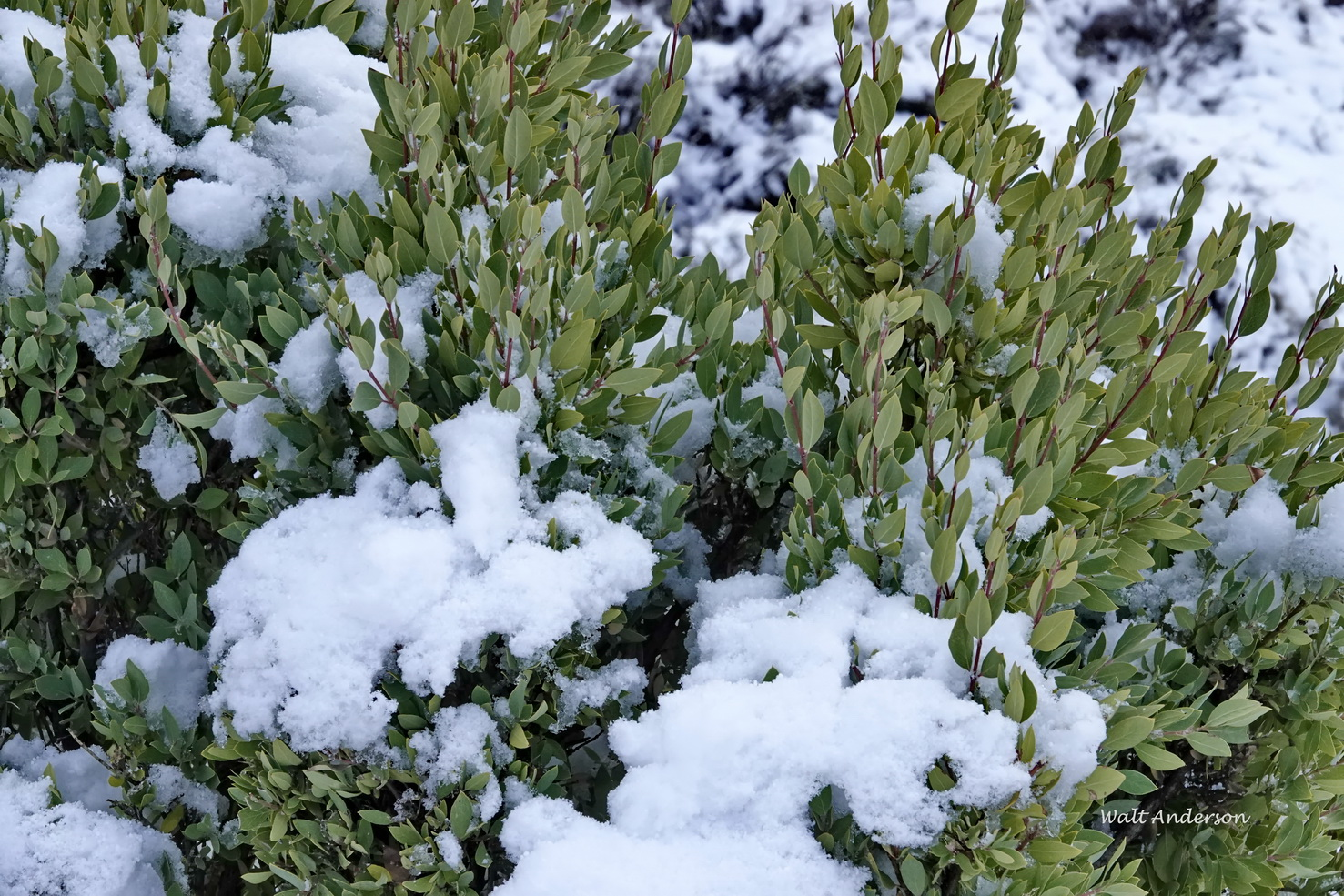
Silktassel stays green all winter, providing a nice contrast when it snows. When we had the devastating hailstorm on 7/11/21, it was stripped of all leaves, as was true for EVERY plant in the area. However, it came back vigorously, unlike many plants that still show the effects of the battering. It pleases me with its hardiness, its beauty, its services to mammals and birds alike. And it doesn’t hurt my feelings that cows don’t like it.
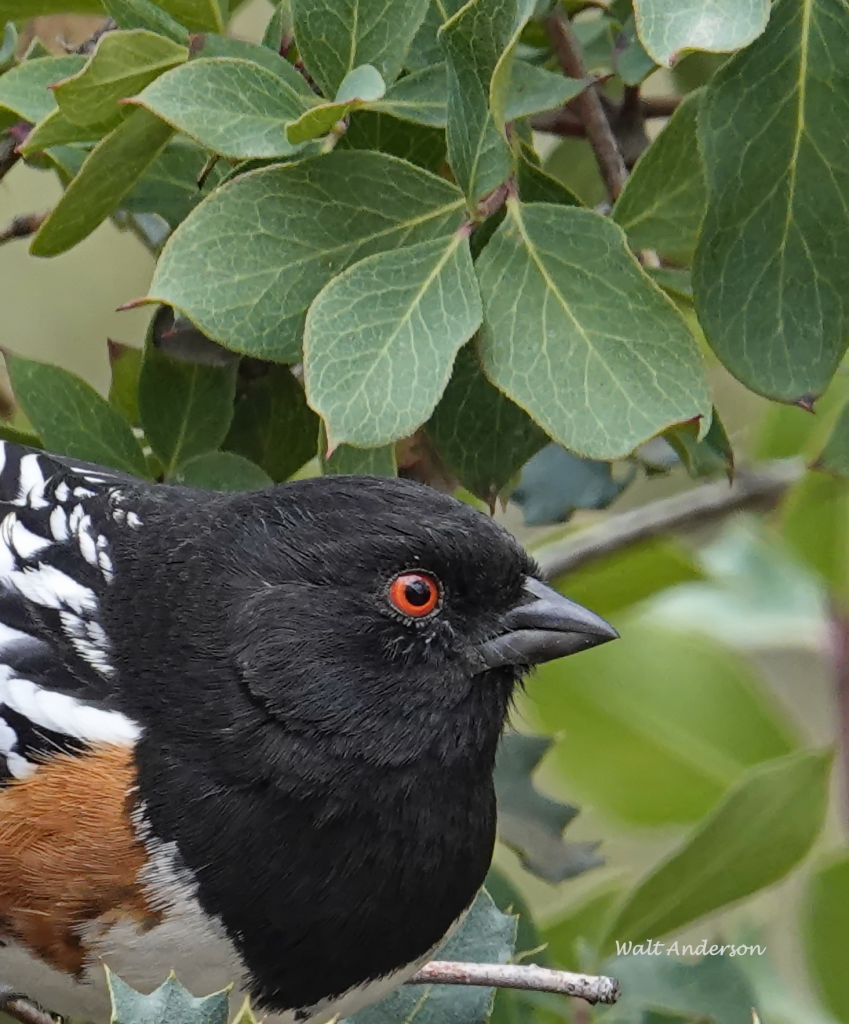
It’s great cover for birds, too. If you aren’t familiar with this special shrub, then do like this towhee and keep an eye out for it!
